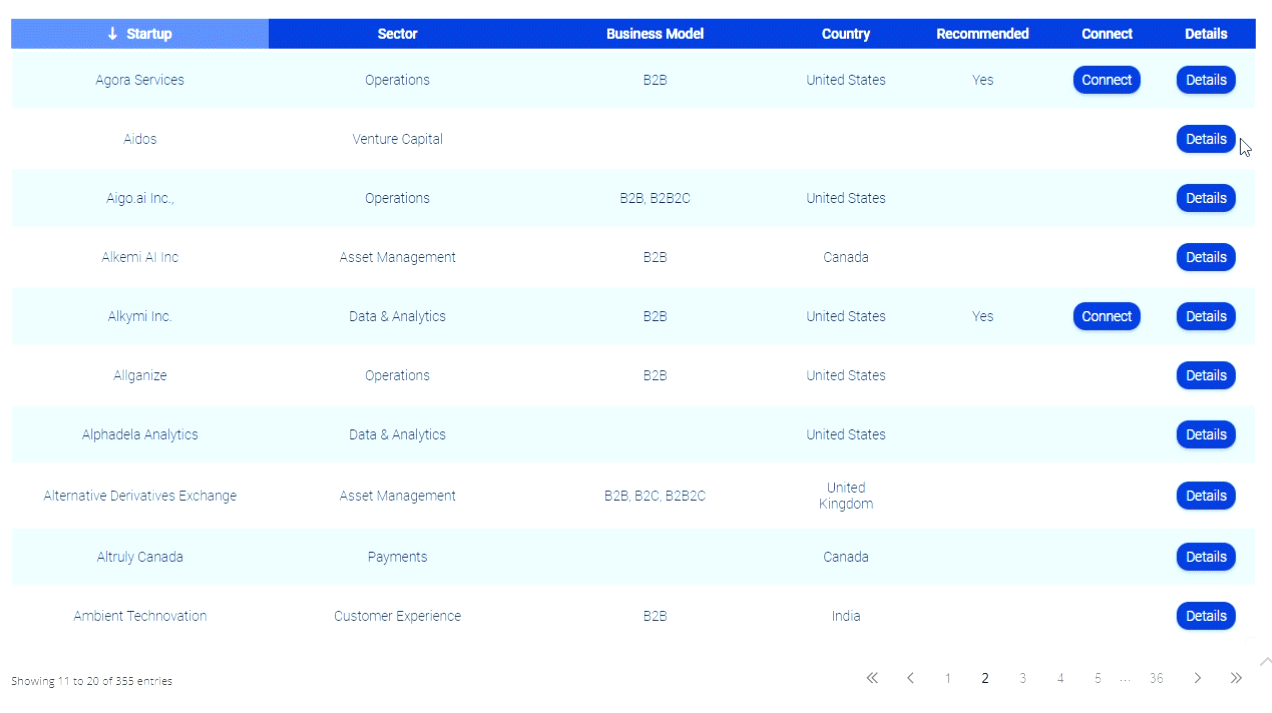Is There Hope for Community Banks?

Most Americans would like to do their banking with a community institution, but don’t. This is bad news for community banks.
A survey released last week, the 2015 Consumer Banking Insights study, notes that Americans feel very positively about community banks and and credit unions. The study was sponsored by BancVue, which builds products such as its Kasasa rewards checking accounts for smaller banks, so its findings might be expected to skew positive, and they do:
- All other things being equal, 2 out of 3 U.S. adults would prefer banking a community FI than a big bank;
- Features trump brand in consumers’ search for banks for 71% of customers; and
- 61% of Americans who have never switched banks believe it would be “at least somewhat difficult” to switch, but only 19% of those who have switched believe that it was “at least somewhat difficult.”
Cumulatively, there are nearly 13,000 community banks and credit unions in the U.S., and as many as 10,000 of them could be classed as “community institutions.” Yet, they hold a small and shrinking piece of the market. (The “Big Four” control about 40% of the market, and their share is growing.) The survey indicates that, if community banks match larger banks with features, consumers can be persuaded to switch. But there is tremendous inertia and apathy among customers — moving over bill pay recipients, for example, would probably rank somewhere a trip to the DMV or dentist. (Various “switch kits” over the year have sought to address this problem, but significant traction has proved elusive.)
BancVue looks to make banks competitive by pooling resources to build marketing and tech-intensive features to match larger banks. Customers using the Kasasa checking account, for example, would cumulatively be the 9th largest bank in the country, according to Gabe Krajicek. BancVue’s CEO.
Continuity, a compliance advisory, offers a comprehensive compliance platform for smaller FIs that effectively allows them to outsource some compliance work and get back to the business of banking. “Compliance costs are eroding the business model of community banks,” Continuity Control CEO Andy Greenawalt said. “In terms of assets per employee, they’ve fallen behind.” Community banks hold about $4 million per employee on average, Greenawalt said, compared to $6 million to $8 million for larger banks.
Like BancVue, Continuity seeks to level the playing field versus larger rivals and let smaller banks focus on the customer.
Paul Schaus, CEO and president of bank consulting firm CCG Catalyst, advises smaller clients to choose a specialty rather than try and take on the big banks at their own game.
“Most community banks are not innovative because they don’t need to be,” Schaus said. Some have built-in marketshare due to their locations in one-bank towns, and aren’t interested in changing the way they do business. But other banks, like those in the suburbs that are competing with the bigger players, need to find a niche.
“Community banks don’t have the budget or the wherewithal to be a bank for all people,” Schaus said. “Be a bank for specific people. This means knowing your market. Find your niche and work on service — that’s where you can compete. What are you good at, and what do your customers want to do?”
Schaus also criticizes the preoccupation with millennials many banks have.
“Millennials are not profitable now, except for transactional business,” he said. “It’s Gen X and older that have the money, so if I’m a banker, who should I be targeting? Even [at Bank of America], their target client should really be 30 and up.”
But if banks really want to dial in on millennials, they should use data to find the best prospects.
“If you can get someone’s home address and where they went to school, those are pretty good indicators of where they are going,” Schaus said.
The problem is, most community banks are not great at using data. Companies such as MX are extending capabilities like that to smaller banks, allowing them to create marketing efforts that provide value in exchange for information from prospective clients.
On the plus side, companies like MX and BancVue and Continuity Control can offer services as good as those of the top banks. But it is still a challenge getting customers to come over. So what will happen?
“Consolidation is coming,” said Schaus. “A lot of these guys — their future is to be acquired. Some guys want to sell but are in denial about price. You can’t get 2.5 times book like you might have in 2006. Lots of smaller banks are looking to merge with similar-size banks. That can work well and give you a little scale, a little room to work.”











